…My only pair of trousers had a big hole.
Tom Thumb in a daze, I sowed rhymes
As I went along. My inn was at the Big Dipper.
—My stars in the sky made a soft rustling sound…
Arthur Rimbaud, My Bohemian Life
…My heart aches, and a drowsy numbness pains
My sense, as though of hemlock I had drunk,
Or emptied some dull opiate to the drains
John Keats, Ode to a Nightingale…
…Straight ahead lay the distant lights of El Paso and Juarez, sown in a
tremendous valley so big that you could see several railroads puffing at
the same time in every direction, as though it was the Valley of the
World. We descended into it…
Jack Kerouac, On the Road
…Frankie Machine: I’ve got a cravin’ for something sweet. You got anything sweet?
Molly: Sugar.
Frankie Machine: Gimme!…
Dialogue from film The Man with the Golden Arm (1956)
just like tom…
In Just like Tom Thumb’s Blues, many of Bob Dylan’s main influences – the blues, folklore, Beat, romantic and symbolist poetry and literature – come together to create one of his most powerful forays into the inner self. In this uncompromising and emotionally gut wrenching song, he explores the limits of the kind of hedonistic lifestyle which had been promoted by the Beats and which was now crossing over to a large section of American youth. In many ways the scenario that he creates resembles that of the final chapters of Kerouac’s On the Road which take place in Mexico and depict Sal Paradise and his friends indulging in drugs and prostitutes) and mirrors some of the similar settings in his 1965 novel Desolation Angels. To this Dylan adds layers of symbolism and some scattered literary allusions, so that the actions in the song – which are presented as a series of tableaux rather than a continuous story – can be interpreted in a number of ways. The song has been recorded many artists over the years, each of whom brings their own interpretation, from the relatively light touch provided by Bryan Ferry’s tastefully expressive version to the grungy rock of Neil Young to the personalised expression of pain that Nina Simone supplies.
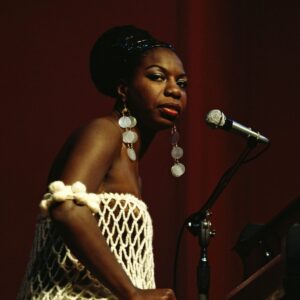
NINA SIMONE
STRUCTURE OF JUST LIKE TOM
This ambiguity is enhanced by the fact that, as Dylan’s own renditions and the many cover versions demonstrate, the song can be performed in a number of different ways that can greatly its the emotional content. The song (at least in its original form) is a reflective piece, which does not distract listeners with choruses, refrains or bridges. It has a standard blues structure of eight beats to the bar. The six verses have an unusual rhyme scheme, with each verse consisting of four rhyming lines, which in the original recording emphasises the song’s lazily lugubrious feel. Here the song is enhanced by the unusual combination of two pianos, played by Al Kooper and Paul Griffin; while Mike Bloomfield provides tasteful Latin-flavoured guitar passages.

AL KOOPER AND MIKE BLOOMFIELD
The mysterious title does not appear in the lyrics. Tom Thumb is a character in a children’s tale who is only a few inches high and who is swallowed by various animals in the course of the story. The character has been the subject of many books and films. It may be that Dylan chose the title to show how a person can be ‘reduced’ to almost nothing by the pressures of life or by excessive hedonistic indulgence. There is also a possible link to Rimbaud’s poem My Bohemian Life, in which the poet – who rambles through the countryside in ragged clothes, rather like a nineteenth century Dean Moriarty – compares himself to the character. Dylan’s song certainly describes an extreme form of a modern ‘bohemian life’.
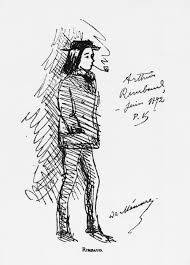
RIMBAUD BY VERLAINE
Dylan, of course, never ‘explains’ his songs to audiences. But he loves to throw out false trails, especially when they have comic or surreal connotations. But before performing the song in Sydney in April 1966, he appears to provide the audience (which included a fairly large contingent that had come to protest against his move into ‘electric’ music) with an explanation of what the song is all about. He delivers what is presumably an improvised fantasy in the ultra-stoned mumble that characterises much of his pronouncements on this tour. With his sharp comic sensibilities in full effect here, what comes out of his mouth seems rather like a parody of the many crazed or ridiculous interpretations of his songs that were already circulating:
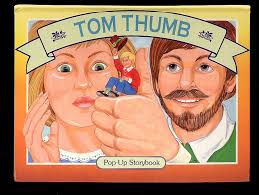
…This is, this is called Tom Thumb. This story takes place outside of Mexico City. It begins in Mexico City and it ends really in Des Moines, Iowa, but it’s all about this painter, he’s a quite older fellow, he comes from Juarez, Juarez is down cross of Texas border, some few feets, and he’s a painter. He’s a very very well-known painter in the area there and we all call him Tom Thumb and when Tom Thumb was going through his blue period, this is one of the most important times of his whole life and he’s going to sell many many paintings now taken from his blue period and this is all about Tom Thumb and his early days and so we name this Just Like Tom Thumb’s Blues….
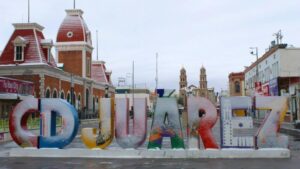
The action of the song takes place in Juarez, a Mexican border town which is notorious for its bars and brothels and in which prostitutes and an array of drugs and liquor are available to adventurous young Americans at very cheap rates. As in the other tracks on the Highway 61 Revisited album (1965), various ‘colourful characters’ make swift entrances and exits. Dylan flips between pronouns, further shifting the already considerably skewed focus of the lyrics. The story that unfolds, which is filtered through narcotic perceptions, is never clearly explained. But Tom Thumb is much more than a ‘hangover’ song. It takes listeners through a range of emotions – including disgust, trepidation and despair – but also conveys an underlying current of compassion. The tension between all these emotions helps to create a song that is endlessly variable, not only because it has spawned radically different versions but also because its meaning can vary – even for the same person – depending on their own emotional state. Sometimes we can sympathise with the narrator, who appears to be suffering terribly. At other times we may just see him as a sad, disillusioned cynic.
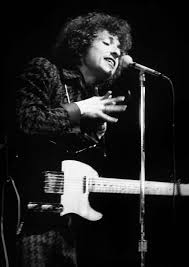
The opening lines clearly establish that the subject of the song – who seems to be identical to the narrator – is in some kind of trouble: …When you’re lost in the rain in Juarez and it’s Easter time too/ And your gravity fails and negativity don’t pull you through… This character is ‘lost in the rain’. Dylan has always been fond of weather metaphors, as in A Hard Rain’s a-Gonna Fall, Shelter from the Storm and many other songs. Here the rain is clearly more than physical, representing a person who is spiritually lost or perhaps ‘drowned’. Easter is generally a sober event in most European and Protestant countries but in Mexico it the occasion of a week-long hedonistic celebration in which participants don outrageous masks and costumes. The highly unusual use of the terms ‘gravity’ and ‘negativity’ suggest that the narrator is under the control of powerful physical and emotional constraints. He then gives the advice not to …put on any airs when you’re down on Rue Morgue Avenue… implying that, given the state of his degradation, he cannot assume any air of moral superiority in this place. ‘Rue Morgue Avenue’ appears to be a playful reference to Edgar Allan Poe’s protean detective storyThe Murders in the Rue Morgue; thus suggesting that this is a very dangerous area.
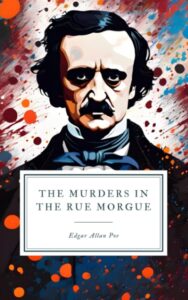
The final line of the first verse: …They got some hungry women there who really make a mess out of you… is particularly suggestive. The theme of women draining men’s sexual potency is common in blues songs sung by men. In Robert Johnson’s Terraplane Blues he complains that …Somebody’s been running my batteries down… Big Joe Turner’s My Girl’s a Jockey includes the lyric …Rebecca Rebecca get your big legs offa me/I ain’t resentin’ you baby but you worry the hell outa me… In an early unreleased song Bob Dylan’s New Orleans Rag Dylan describes a man walking out of a brothel …He couldn’t even talk and he couldn’t even stand/ He moaned and he groaned and he shuffled his feet…
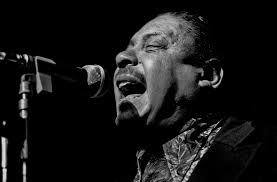
BIG JOE TURNER
We will meet these ‘hungry women’ in the succeeding verses of Just like Tom Thumb’s Blues. It may be assumed that ‘Saint Annie’ and ‘Sweet Melinda’ are both prostitutes in one of Juarez’s brothels. However, it is possible that the ‘women’ are merely ciphers for different forms of narcotic. In the second verse Dylan switches pronouns, making what appears to be a personal confession. His ‘beatification’ of the first woman (giving her the name of the revered ‘Mother of Mary’) is clearly ironic, as his admonition to …Please tell her thanks a lot/ I cannot move, my fingers are all in a knot… He continues …I don’t even have the strength to get up and take another shot/ And my best friend my doctor won’t even tell me what it is I’ve got… These lines suggest that he has caught a venereal disease from her and is languishing in pain. In the studio recording, however, the narrator does not, sound angry or sarcastic. Rather he seems to accept his fate with some equanimity.
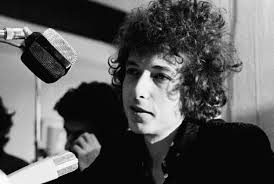
‘Melinda’, on the other hand, is portrayed as someone one should approach with caution: …You’re so kind and careful not to go to her too soon…. We are told that …The peasants call her the goddess of gloom… The verse ends with the richly ambiguous …She takes your voice and leaves you howling at the moon… This is a phrase that has several meanings. Melinda’s client may be being compared to a dog, as in Hank Williams jokey Howlin’ at the Moon. It can also mean spending one’s time in a fruitless endeavour. But the most likely meaning here is that Melinda will leave a man sexually drained and exhausted. It may be no coincidence that Anna Perenna is a Roman goddess of fertility while Melinoë is an Ancient Greek moon goddess who is a bringer of madness and nightmares. The goddess of gloom indeed…


ANNA PERENNA AND MELINOE
In the following verses, the singer’s mind appears to drift away at times from Juarez …Up on Housing Project Hill, it’s either fortune or fame… uses a phrase from Desolation Angels. In Kerouac’s novel, the ‘angels’ are thinly disguised portraits of Kerouac and his fellow beats Allen Ginsberg, William Burroughs and Gregory Corso, whom he travels with. Juarez, like many American towns, certainly has a number of Housing Projects that have been built to house the poor. ‘Housing Project Hill’ may thus be an imaginary place where Dylan himself stands, looking down on the scenes he describes. This hints at a further interpretation of the song, which may also be seen as a depiction of the ‘false paradise’ of fame, with the archetypal female figures representing the temptations and paranoia that ‘fortune and fame’ may bring. Neither of them… Dylan sings …are to be what they claim… The mysterious lines that follow: …Now, all the authorities, they just stand around and boast/ How they blackmailed the sergeant-at-arms into leaving his post… seem to be referring to the notoriously corrupt local police.
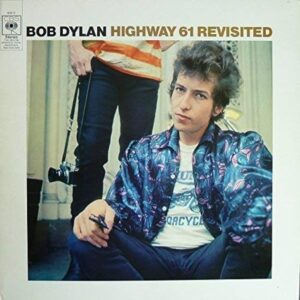
The reference to the ‘sergeant at arms’ recalls Hamlet’s final speech, delivered as he dies …This fell sergeant, death/ Is strict in his arrest… The local police in Mexico are, as is well known, clearly not to be messed with. It seems that anyone who defies them would be best placed to make a swift exit from the area. The narrator’s advice is delivered in ‘hip speak’ …If you’re looking to get silly, you better go back to from where you came/ Because the cops don’t need you and, man, they expect the same… We also hear of another victim of the ‘hungry women’ who the police pick up and send him ‘back to where he came’. This character is called Angel – perhaps one of the ‘Desolation Angels’ – who is memorably described as looking so fine at first but left looking just like a ghost… presumably from sexual exhaustion or overindulgence in drugs. The scenario has its ‘saints’ and ‘angels’, but they cannot bring redemption.
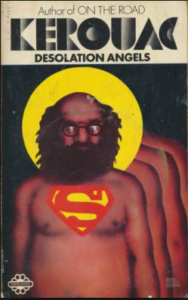
In the final verse the narrator removes his fantastical decorative Easter mask and finally reveals that he is out of his depth. We now revert to a first person confessional, in which the narrator begins by quite explicitly referring to narcotics: …I started out on Burgundy, but soon hit the harder stuff…. But nobody will save or support him now: …Everybody said they’d stand behind me when the game got rough/ But the joke was on me, there was nobody even there to bluff… Finally he admits defeat and announces quite definitively that …I’m going back to New York City, I do believe I’ve had enough… It seems that here the narrator is finally admitting that the scenes and the characters of the previous verses – including the entire ‘Mexican scenario’ were largely creations of his own imagination. Now, having ‘hit the harder stuff’ he pulls back before that ‘fell sergeant, death’ can arrest him. He clearly has no desire to join ‘the angels’.
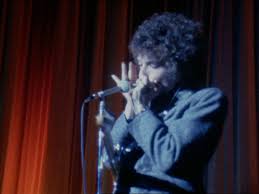
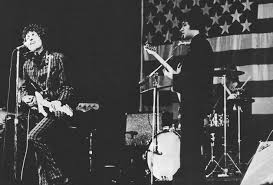
DYLAN AND THE BAND 1966
There is little doubt that the Dylan of 1965-66, in the middle of the most productive and inspired phase of his career, was ‘strung out’, not only by various substances but also by the intense pressures of fame. On the monumental 1966 tour, he gives vent to all the frustration he was feeling by producing performances which reach a pitch of emotional intensity that he (or arguably, anybody else) had never before achieved on a musical stage. A live recording of Just like Tom Thumb’s Blues (recorded in Liverpool) was for many years the only official record of this utterly extraordinary music, in which Dylan and The Band play as loud as possible to audiences who had never experienced anything like the sound they produced. This song, like others in the set, sounds nothing like the relatively laid back studio performance. Dylan dramatically extends the final words of most of the lines. To say he puts his heart and soul into the performance is a huge understatement. Each track in the electric set is played in raucous defiance of the objectors in the audience. The Band’s drummer Levon Helm backed out of the tour, unable to stand the pressure. But Dylan soldiers on, surely knowing in his heart that he is on the right side of history, delivering the final line with great passion and leaving us in absolutely no doubt that he has ‘had enough’.
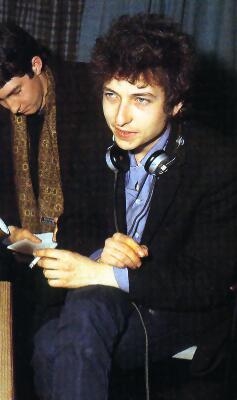


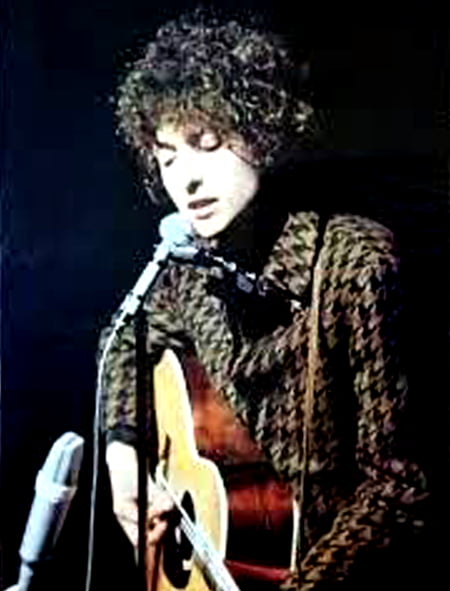
Leave a Reply